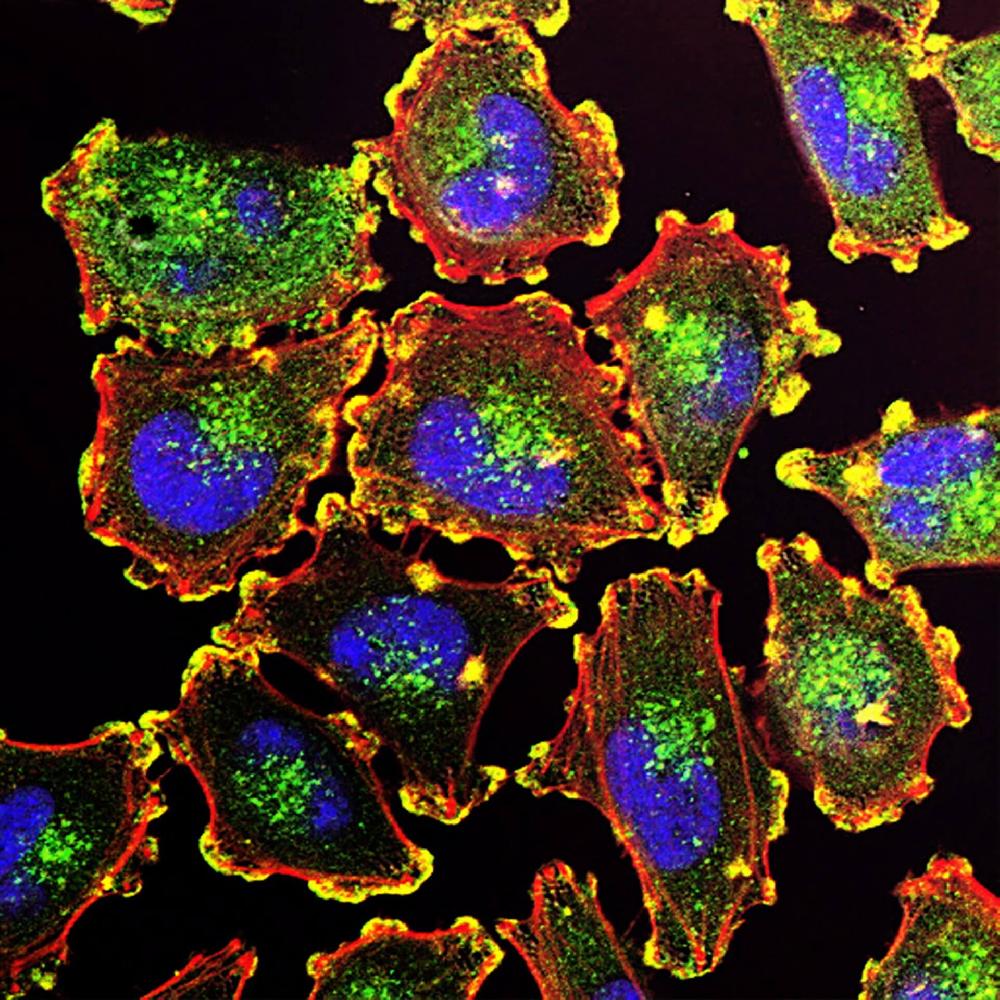This website uses cookies to ensure you get the best experience on our website.
- Table of Contents

Facts about TSC22 domain family protein 3.

In T-cells, inhibits anti-CD3-induced NFKB1 nuclear translocation. In vitro, suppresses AP1 and NFKB1 DNA-binding activities (By similarity).
| Human | |
|---|---|
| Gene Name: | TSC22D3 |
| Uniprot: | Q99576 |
| Entrez: | 1831 |

| Belongs to: |
|---|
| TSC-22/Dip/Bun family |

Delta sleep-inducing peptide immunoreactor; DSIP-immunoreactive leucine zipper protein; DSIP-immunoreactive peptide; GILZDKFZp313A1123; Glucocorticoid-induced leucine zipper protein; Protein DIP; TSC22 domain family protein 3; TSC22 domain family, member 3; TSC-22 related protein; TSC-22-like protein; TSC-22-related protein; TSC-22Rimmunoreactor
Mass (kDA):
14.81 kDA

| Human | |
|---|---|
| Location: | Xq22.3 |
| Sequence: | X; NC_000023.11 (107713221..107777329, complement) |
Expressed in brain, lung, spleen and skeletal muscle. Lower levels detected in heart and kidney. Not detected in the pancreas. In non-lymphoid tissues, in the absence of inflammation, the major source of constitutive expression is the macrophage lineage. Also expressed in cells from different hemopoietic cell lineages, including bone marrow cells, CD34+ stem cells, mature B- and T-cells, monocytes and granulocytes. Down- regulated in activated macrophages from inflammatory lesions of delayed-type hypersensitivity (DTH) reactions, such as in tuberculosis and in Crohn disease, whereas in Burkitt lymphoma, persists in macrophages involved in the phagocytosis of apoptotic malignant cells.
[Isoform 1]: Cytoplasm. Nucleus. Localization depends on differentiation status of myoblasts. In undifferentiated myoblasts, isoform 1 localizes to the cytoplasm, but in differentiating myoblasts, isoform 1 is localized to the nucleus (By similarity).






PMID: 8982256 by Vogel P., et al. hDIP -- a potential transcriptional regulator related to murine TSC- 22 and Drosophila shortsighted (shs) -- is expressed in a large number of human tissues.
PMID: 11313722 by Cannarile L., et al. Cloning, chromosomal assignment and tissue distribution of human GILZ, a glucocorticoid hormone-induced gene.